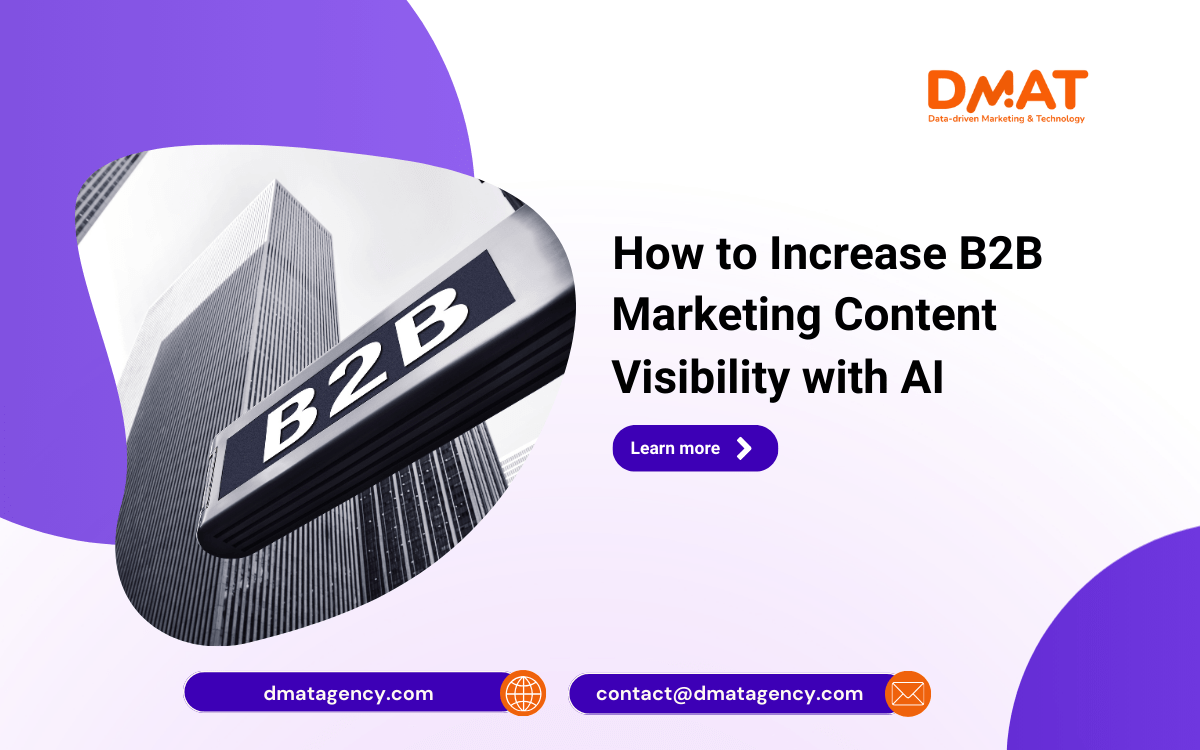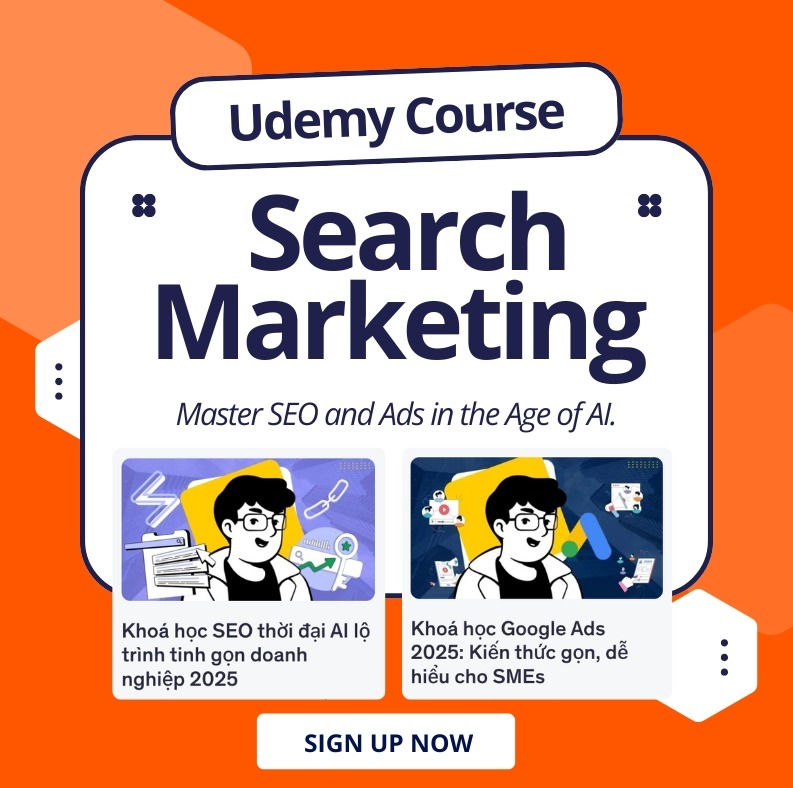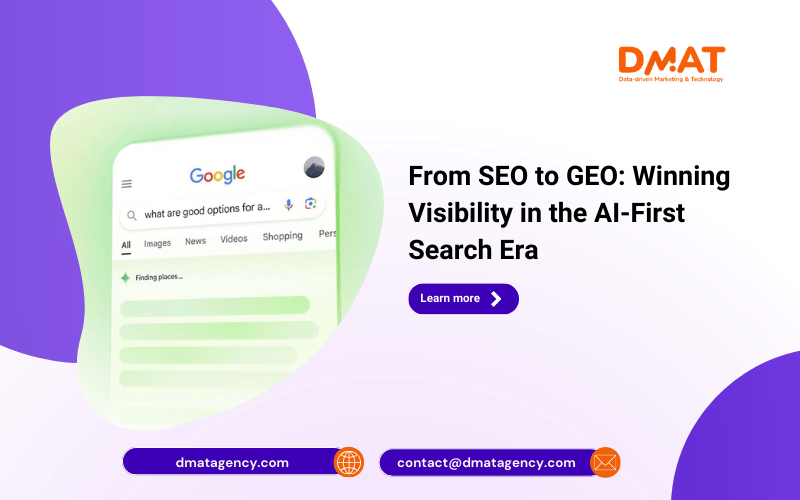B2B brand discovery is changing fast. Instead of scrolling through traditional Google search results, buyers and decision-makers are increasingly turning to Generative AI platforms like ChatGPT, Gemini, and Perplexity to find trusted insights. This shift is redefining what “visibility” means for marketers.
If your content isn’t appearing in AI-generated answers, you risk being invisible to your target audience. This guide explores how to increase B2B marketing content visibility with AI through Generative Engine Optimisation (GEO). You’ll learn practical steps to adapt your content, enhance AI discoverability, and maintain relevance in the age of generative search.
TL;DR
- Track AI Overviews: Identify queries where Google summaries show your brand and benchmark against competitors.
- Create chat personas: Design user profiles to align with AI-driven conversational search queries.
- Optimise headlines: Use natural, concise, and query-aligned titles to boost AI content pick-up.
- Structure for skimming: Use bullet points, FAQs, and summaries to improve AI indexing.
- Repurpose for social: Share B2B insights on platforms like LinkedIn, Quora, and Reddit to widen AI training exposure.
What is Generative Engine Optimisation (GEO)?
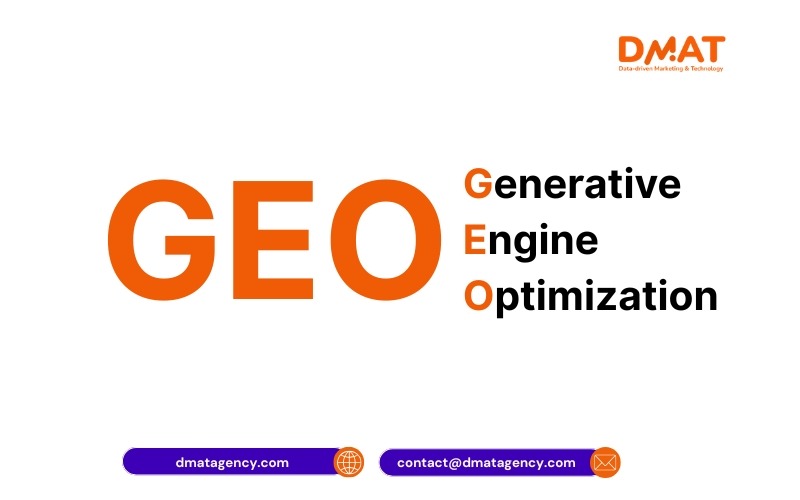
In traditional SEO, the goal is to rank high in SERPs. In GEO, the goal is to be cited or summarised by AI systems when users ask questions about your industry, products, or expertise. Generative engines synthesise content from multiple sources, often without direct attribution unless prompted.
This means your content must be structured, authoritative, and contextually relevant so it survives the AI aggregation process. For B2B marketers, this involves understanding how each AI platform assesses trustworthiness and how to feed them content they can easily parse.
Example of GEO in Action
Imagine a dual-use technology firm specialising in drone detection for airports. If a procurement officer asks an AI, “Which companies are innovating in drone detection for airports?”, the AI will pull from the most relevant and accessible sources. Without clear, authoritative content on your site and in public channels, your brand risks being excluded entirely from the AI’s answer.
How AI Platforms Scrape Content
| Platform | Data Sources | Citation Style | Strengths for B2B | Weaknesses for B2B |
|---|---|---|---|---|
| ChatGPT | Web data + licensed datasets | Limited unless prompted | Conversational, great for how-to queries | May omit brand mentions |
| Gemini | Live web + Google index | Inline citations | Strong integration with Google search | Biased toward top SERP results |
| Perplexity | Live web + real-time sources | Direct citations | Transparent sourcing, link-rich | Lower adoption in some industries |
Recommendations for Increasing B2B Marketing Content Visibility with AI
1. Treat AI Overviews as Your New “Front Page”

Monitor queries that trigger AI summaries and see how your brand is represented. Use tool to track brand mentions in summaries and compare visibility with competitors.
Way to track
- Engagement & Traffic, Lead support from LLM Search Engines – get referral traffic tracking from GA4 check here
- Brand mentions in AI Response, Sentiment in LLM outputs: Brand24, Mentions.so (from $49/month), Ahrefs Brand Radar (from $99/month), Semrush’s AI Search Visibility Checker (from $99/month)
- AI Search Visibility manual prompt testing & tool (UseHall (from $199/month), Keyword.com – from $24.5/month)
2. Build Chat Personas for Content Strategy
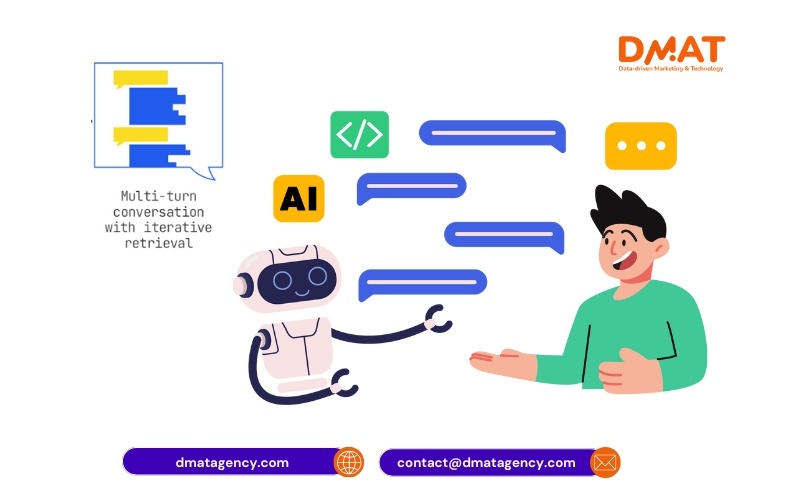
Create detailed audience profiles based on how real users ask questions in AI platforms. For example:
- “Which B2B SaaS tools are best for supply chain analytics?”
- “What are the latest AI applications in manufacturing quality control?”
By shaping your content to answer these queries directly, you increase the chance of AI engines selecting your material.
3. Optimise Headlines and Subheadings for AI Logic
Titles that are natural, concise, and match searcher intent tend to perform better.
Example:
- Better: “Top 5 B2B Marketing Strategies to Boost Product Awareness in 2025”
- Worse: “B2B Marketing Strategies for Raising Awareness”
4. Structure Content for Brevity and Skimming
AI models prioritise clearly formatted content. Use:
- Bullet points
- FAQs
- Short paragraphs
- Clear definitions in the first few lines
5. Repurpose for High-AI-Value Platforms
LinkedIn, Reddit, Quora, and industry forums are part of AI training data. Repurposing long-form blogs into short, insight-driven posts increases your content footprint in AI ecosystems.
Conclusion
The rise of generative search is transforming B2B marketing visibility. By applying GEO principles — from tracking AI Overviews to optimising for conversational queries — you can ensure your brand remains visible in the answers that matter. In 2025 and beyond, the winners will be those who write not just to rank, but to answer.
👉 Contact DMAT today to explore how to Increase B2B Marketing Content Visibility with AI

